Research
Search our website
Search our website by entering a keyword or choose a database above to search specifically.
Search
Showing search results 3,711 - 3,720
14,717 results found
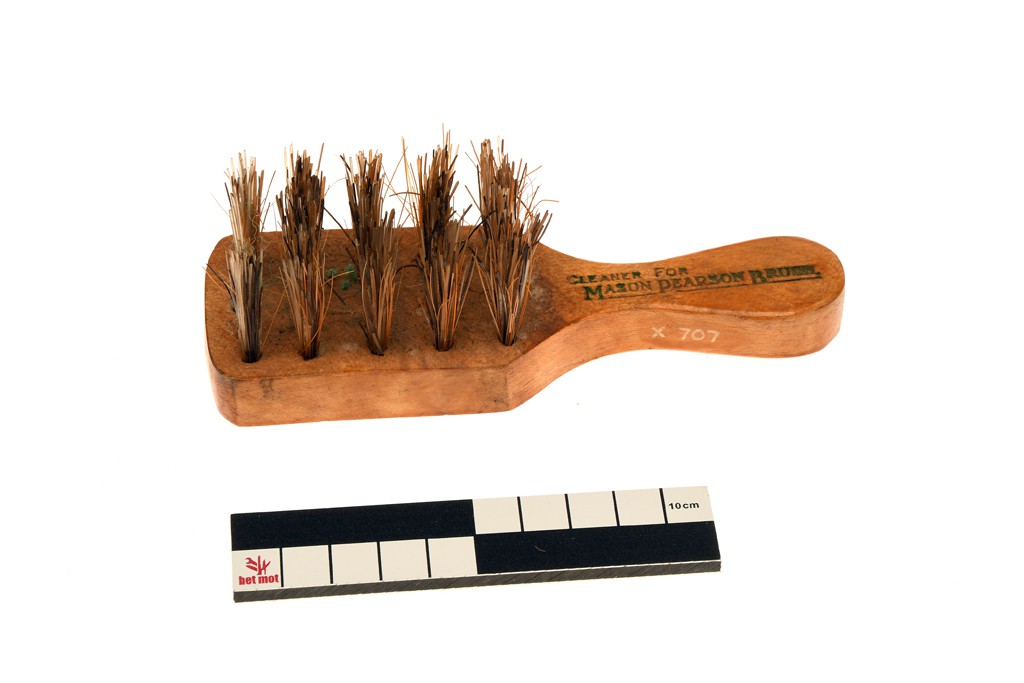
Hairbrush cleaner
This text can only be consulted in Dutch
<https://www.mot.be/resource/Tool/hairbrush-cleaner?lang=nl>
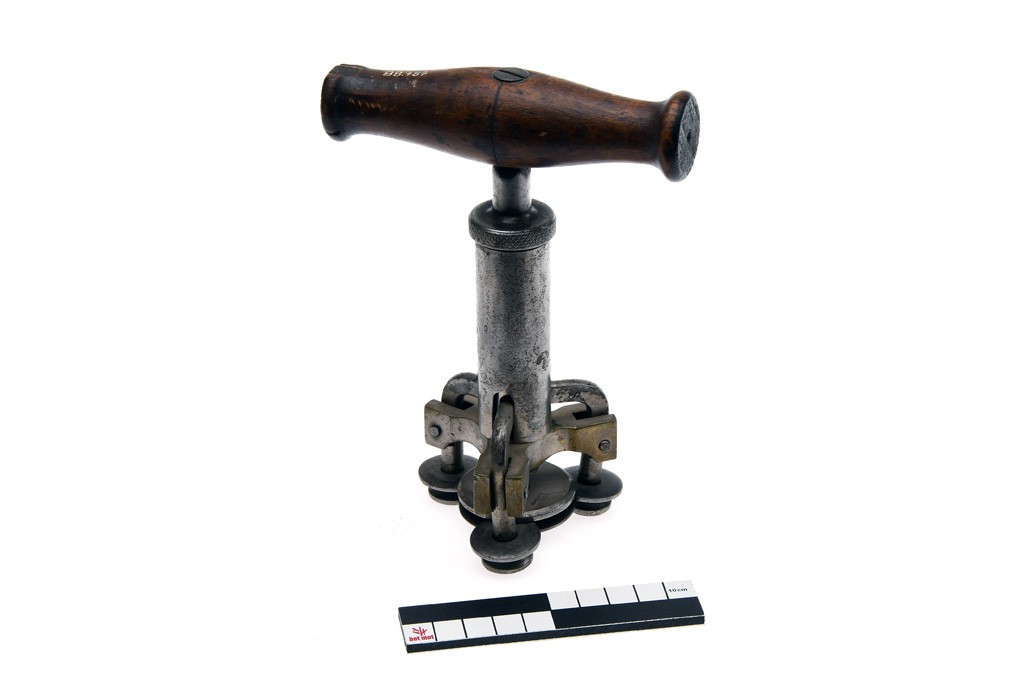
Hand can seamer
This text can only be consulted in Dutch
<https://www.mot.be/resource/Tool/hand-can-seamer?lang=nl>
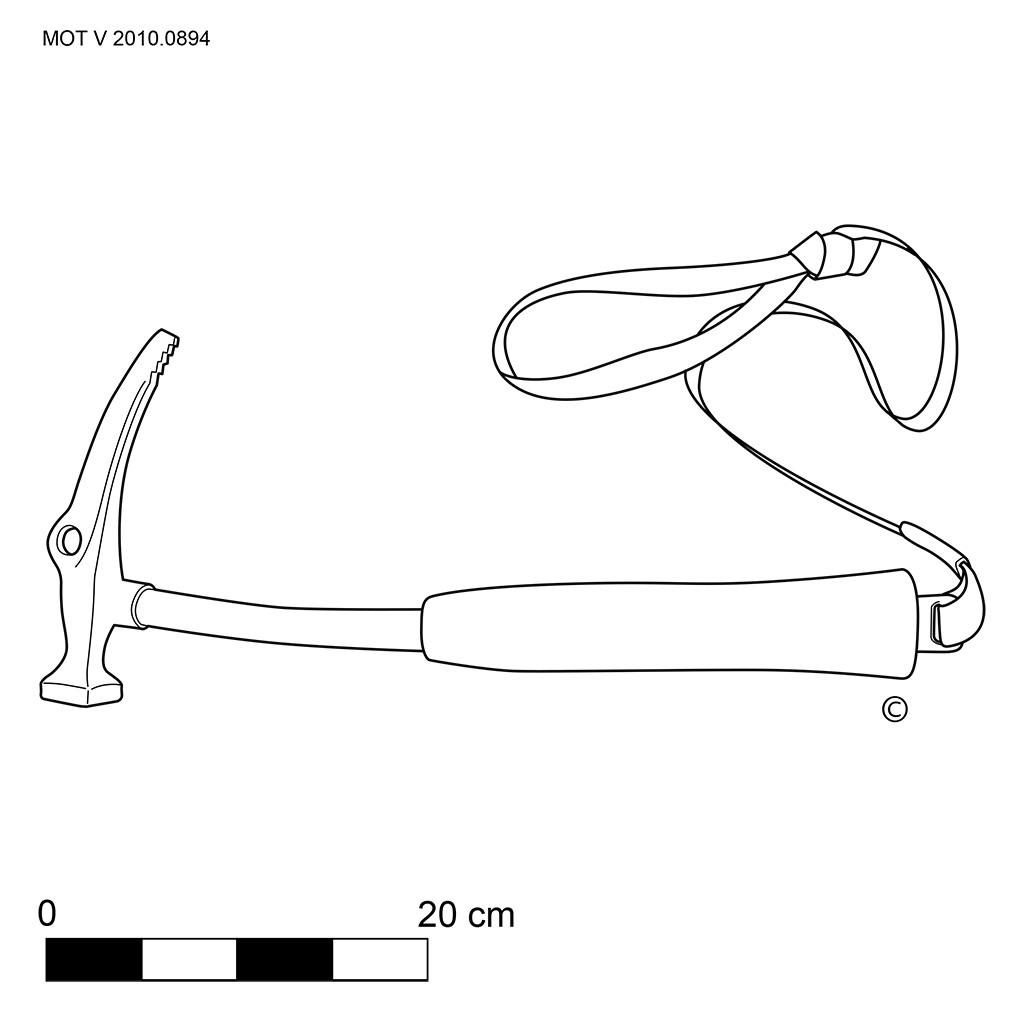
Hammer-axe
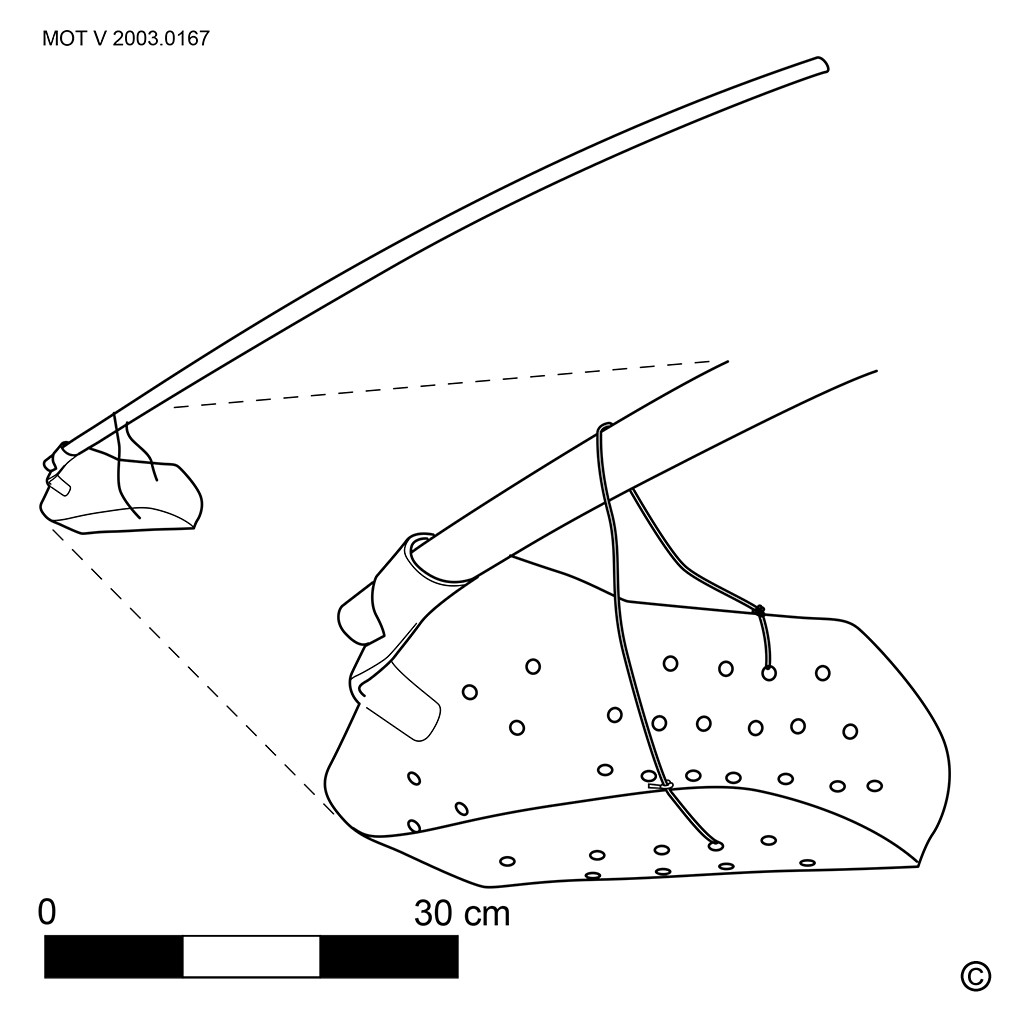
Handbagger
After the plants and grass from the ditch side have been mowed, the (small)
ditches are manually cleared of sludge and dirt that impedes the water
flow. The tool also serves to dredge ponds and other water features. The
cleaning of the ditches is done at low tide, after a period of drought. One
starts at the lowest point and against the current. More technical
information on the dutch version of this tool page. See also the drag-net.
[MOT]
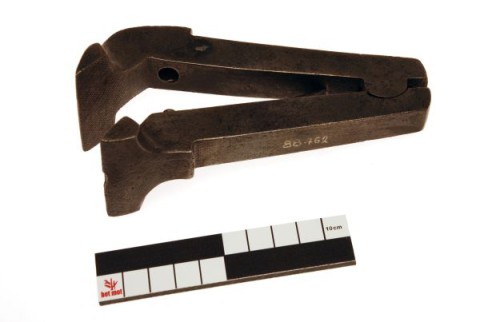
Hand vice
This text can only be consulted in Dutch
<https://www.mot.be/resource/Tool/hand-vice?lang=nl>
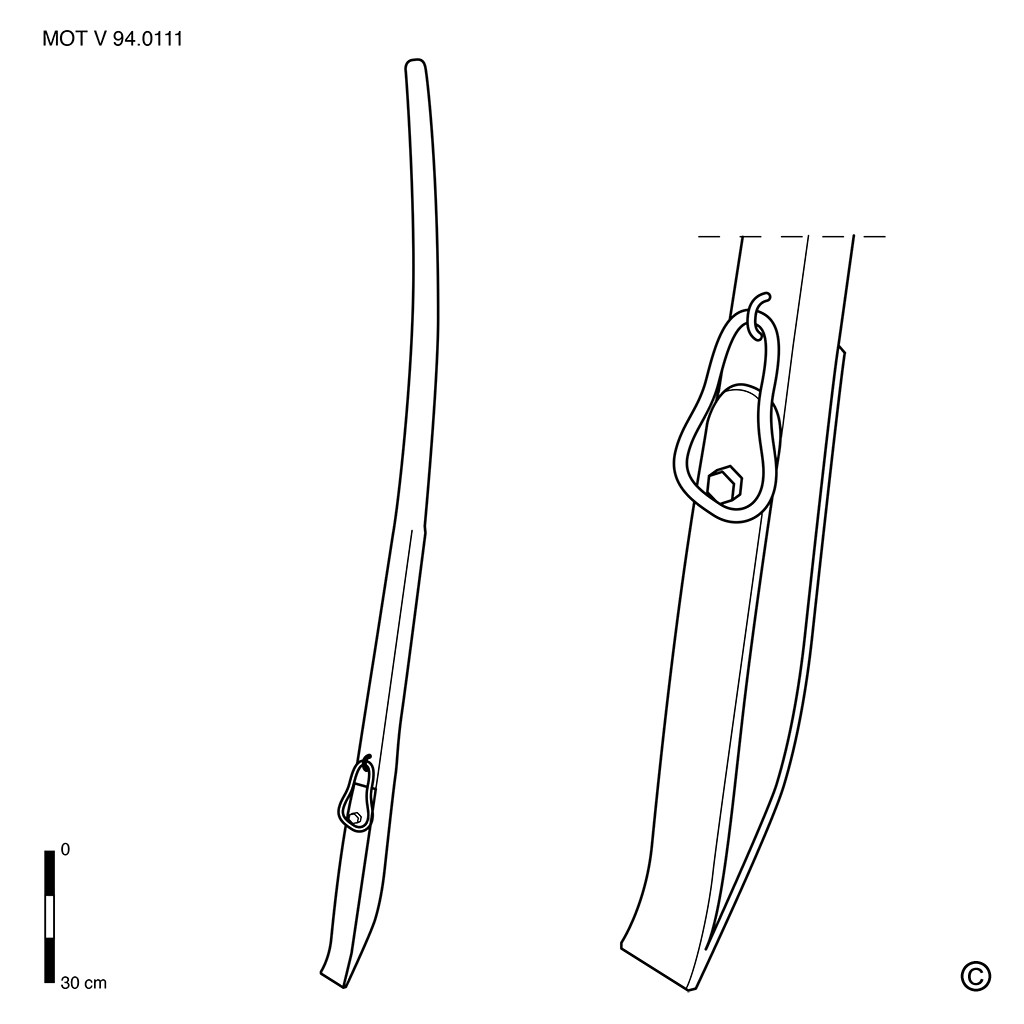
Handspike
Wooden lever (1.5 to 2 meters long) clad with metal fittings at the bottom,
to lift heavy loads to a small height. Railroad workers use them to
separate railroad tracks. Quarry workers such as the stonecutter use a
handspike to place stone blocks on rollers. This tool can be distinguished
from the crow bar and the ripping chisel. [MOT]
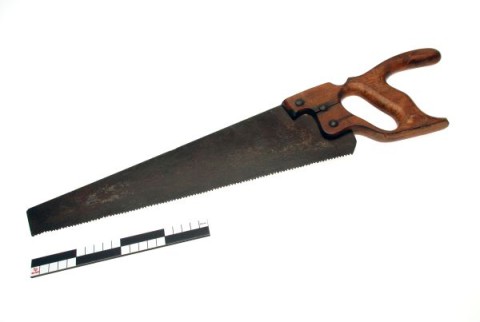
Handsaw
This text can only be consulted in Dutch
<https://www.mot.be/resource/Tool/handsaw?lang=nl>
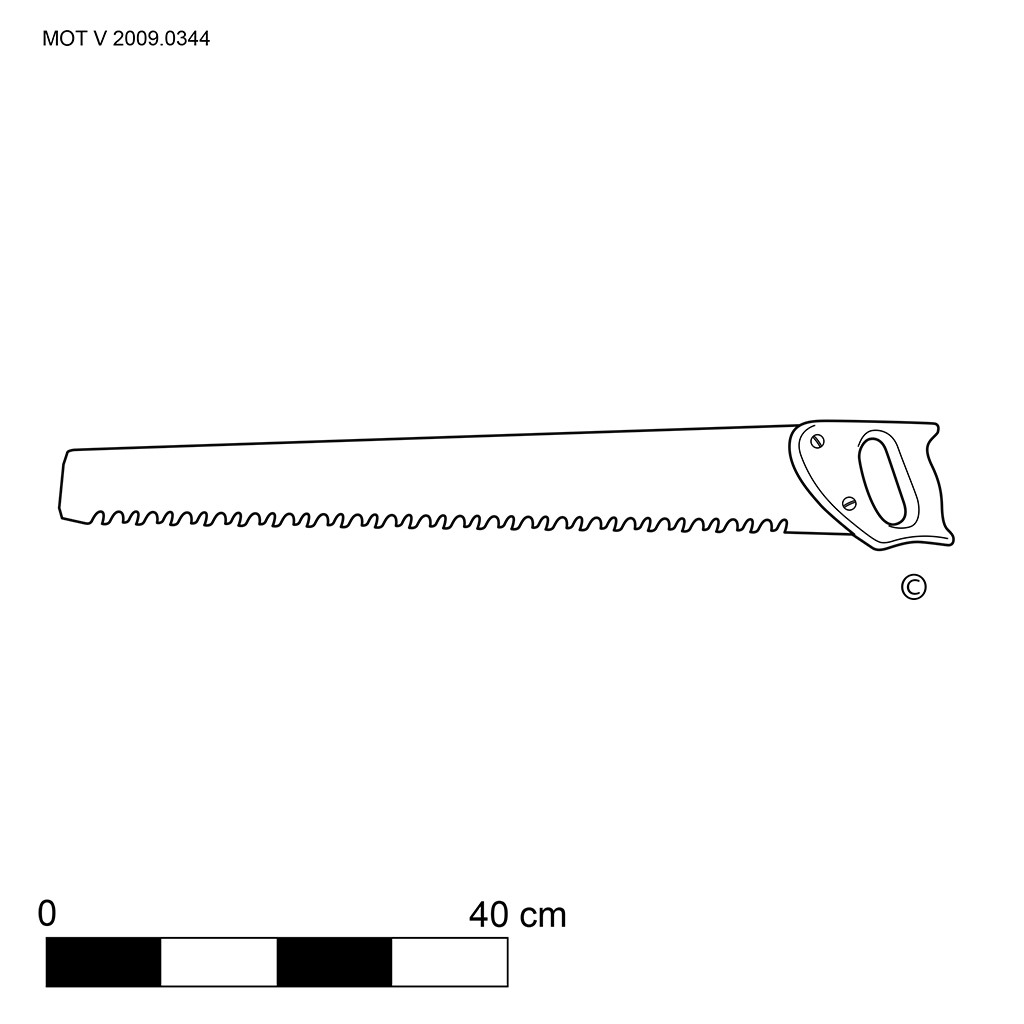
Handsaw for aerated concrete
Cellular, foam or aerated concrete is a concrete product with gas bubbles
in it, making the material light, strong and easy to work with with the
aerated concrete handsaw and with the stonemason's French drag. The aerated
concrete handsaw has a thick (approx. 1.5 mm) tapered blade (approx. 50-70
cm). The large carbide (widia) teeth (30-40) are angled forward, so they
saw when pushing the tool. See also the handsaw. [MOT]
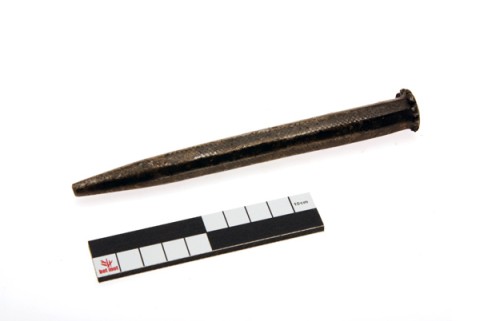
Hand punch
This text can only be consulted in Dutch
<https://www.mot.be/resource/Tool/hand-punch?lang=nl>
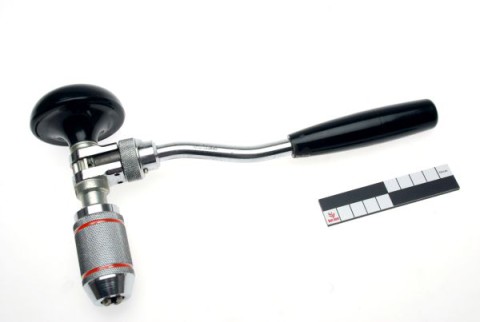
Hand ratchet brace
This hand ratchet brace works on the same principle as the common brace but
has a lever instead of a U-shaped bracket. This lever works according to a
ratchet mechanism and can be moved with back and forth strokes. Where there
is no room for the normal brace, this type can be used. See also the
engineer's ratchet brace for metal. [MOT]
